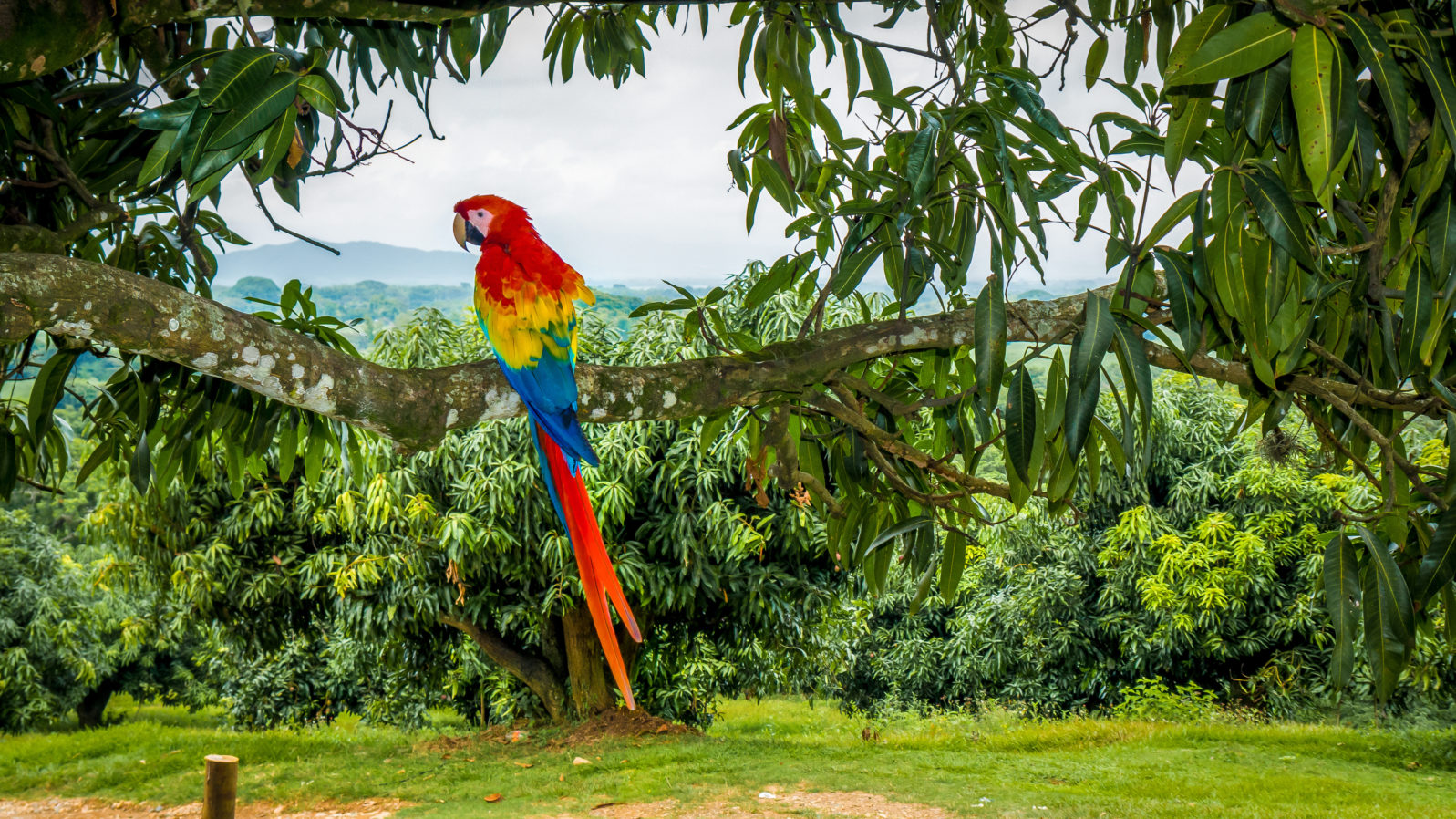Do Birds Really Understand What They Are Saying?
Remarkable claims are made for some birdsPerhaps because parrots can carefully mimic human voices (and many other sounds), many claims are made for their intelligence For example, that they understand abstractions like currency:
After training eight African grey parrots and six blue-headed macaws to barter metal rings for walnuts, the researchers paired the birds up with same-species partners. They then put the parrots in clear chambers joined by a transfer hole, and gave one bird—the donor—ten rings, while the other was left with none. Even without the promise of a reward for themselves, seven out of eight of the African grey parrot donors passed some of their available tokens through the transfer hole to their broke partners, usually shuttling them beak to beak. On average, about half the metal rings made it through, allowing the recipients to trade the trinkets for walnuts through another window.
Katherine J. Wu, “Parrots Will Share Currency to Help Their Pals Purchase Food” at Smithsonian Magazine (January 9, 2020)
We are encouraged to think that the parrots have“pretty sophisticated reasoning”.
No one involved hopes that any of us will ask the obvious question: Then why are the birds not using currency themselves? It turns out that a lot of the birds were related (they grew up together), which probably helps us understand why they sought to help each other. The paper is open access.
Similarly, there was a sensation a couple of years ago around a dancing parrot:
Snowball’s abilities are all the more impressive because they’re so rare. Ronan the sea lion, for example, was recently filmed bobbing her head to music (including, again, the Backstreet Boys), but she was trained. And when Schachner combed through thousands of YouTube videos in search of animals that could be charitably described as dancing, she found only 15 species that fit the bill. One was the Asian elephant, which sometimes sways and swings its trunk to music. The other 14 species were parrots.
“Parrots are more closely related to dinosaurs than to us,” Patel says, and yet they are the only other animals known to show both spontaneous and diverse dancing to music. “This suggests to me that dancing in human cultures isn’t a purely arbitrary invention,” Patel says. Instead, he suggests that it arises when animals have a particular quintet of mental skills and predilections …
Ed Yong, “Not a Human, but a Dancer” at The Atlantic
Wait. The parrot is banging along to music.
Humans dance in order to express abstract ideas.
It makes a difference if you are trying to tell a story or not. Of course, some humans do just bang along to the music but the difference of trying to tell a story like Swan Lake makes a difference.
Do birds know what they are saying when they mimic human speech? That probably depends on what they are repeating:
In the wild, flocks of parrots don’t talk like people, but they do seem to develop distinct local dialects, and mated pairs may even sing unique duets. It’s unclear exactly why they evolved this capability, but research suggests they use it to tell members of their group apart from members of rival groups. Birds seem more likely to respond to calls that are familiar to their own, and they ostracize individuals that don’t speak their language, so to speak. This may allow them to keep untrustworthy newcomers from joining their clan. But if the dialects do serve as a form of immigration control, learning the language seems to be a path to citizenship. In one experiment, a group of parrots from one Costa Rican flock was transplanted to a more northerly flock that showed different vocalization patterns. About half flew right back home, but the rest stayed and formed a sort of immigrant enclave with its own dialect. One even learned the northern tongue and ingratiated itself with locals.
Will Oremus, “When birds mimic human speech, do they know what they’re saying?” at Slate
Your author remembers the starlings of North Toronto, years ago, who learned to cackle like squirrels in order to get in on the peanuts, thrown out to keep squirrels alive over the winter. It was a remarkably good imitation. But the birds never did anything more than squirrels would have.
Language, as used by humans, is still a mystery, like consciousness. But it is endless fun.
You may also wish to read: The real reason why only human beings speak. Language is a tool for abstract thinking—a necessary tool for abstraction—and humans are the only animals who think abstractly (Michael Egnor)
